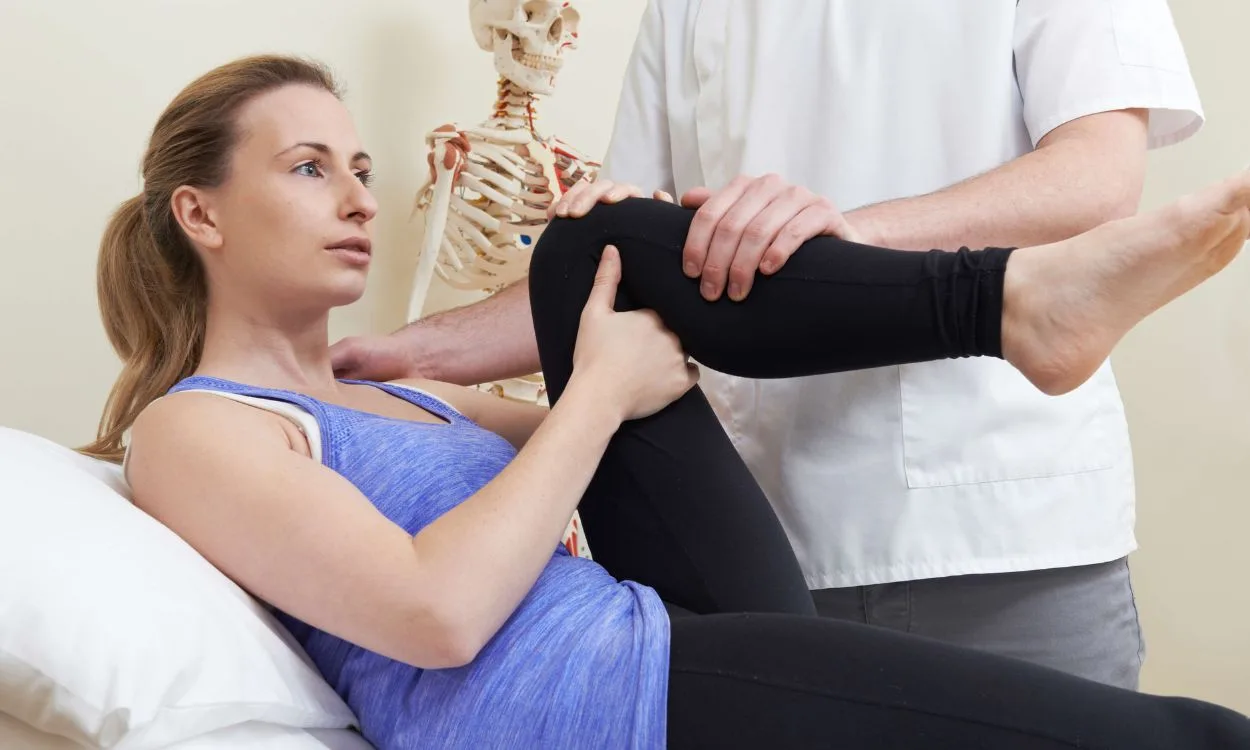How Does Physical Therapy Improve Knee Joint Mobility?
Introduction
Do you struggle with knee joint mobility and find it difficult to perform daily activities or participate in physical activities? Physical therapy can be a game-changer for improving knee joint mobility and helping you regain your quality of life. In this article, we will explore how physical therapy can benefit individuals with knee joint issues and provide them with a path towards better mobility and overall well-being.
Understanding Knee Joint Mobility
The knee joint is a complex structure that connects the thigh bone (femur) to the shin bone (tibia). It is responsible for bearing weight, facilitating movement, and providing stability. However, due to various reasons such as injury, aging, or chronic conditions like arthritis, the knee joint may become stiff, painful, or limited in its range of motion.
The Role of Physical Therapy
Physical therapy is a non-invasive, natural approach to improving knee joint mobility and function. It involves a combination of targeted exercises, manual therapy techniques, and lifestyle modifications to alleviate pain, reduce inflammation, and enhance joint mobility. Here are some ways in which physical therapy can help:
- Pain Management: Physical therapists employ various techniques such as hot and cold therapy, ultrasound, and electrical stimulation to reduce pain and inflammation in the knee joint. These modalities provide relief, allowing individuals to engage in therapy exercises more comfortably.
- Strengthening Exercises: Weak muscles around the knee joint can contribute to instability and limited mobility. Physical therapists design personalized exercise programs that focus on strengthening the muscles surrounding the knee, such as the quadriceps and hamstrings. These exercises help improve joint stability, support proper alignment, and enhance overall mobility.
- Range of Motion Exercises: Physical therapy includes specific exercises that target improving the range of motion in the knee joint. These exercises may involve gentle stretching, joint mobilization techniques, and functional movements to gradually increase flexibility and restore normal joint mechanics.
- Balance and Proprioception Training: Impaired balance and proprioception (awareness of body position) can affect knee joint mobility and increase the risk of falls or injury. Physical therapists incorporate balance exercises and proprioception training to improve stability, coordination, and confidence in performing daily activities.
- Manual Therapy Techniques: Hands-on techniques such as joint mobilizations, soft tissue mobilization, and myofascial release are commonly used by physical therapists to enhance joint mobility, reduce muscle tension, and improve overall knee function.
- Education and Home Exercise Programs: Physical therapists educate individuals about their knee condition, proper body mechanics, and strategies for preventing further damage. They also provide personalized home exercise programs that individuals can continue independently to maintain and further improve knee joint mobility.
Fitpaa: Your Partner in Achieving Optimal Knee Joint Mobility
If you are looking for a comprehensive solution to improve your knee joint mobility and overall well-being, Fitpaa offers a range of personalized services tailored to your specific needs. Through the Fitpaa app, you can access expert fitness coaches, nutritionists, and doctors who will guide you towards achieving your health and fitness goals, including enhanced knee joint mobility.
With Fitpaa, you can expect the following benefits:
- Personalized Fitpaa Capsule: Based on your metabolism, health goals, and lifestyle, Fitpaa prepares a personalized capsule consisting of medical therapy, exercise therapy, nutrition therapy, and cognitive behavior therapy. This holistic approach optimizes your metabolism, aids in burning unhealthy fat, and supports the body’s natural healing processes.
- Real-time Guidance Technology: Fitpaa’s real-time guidance technology incorporates habit-building techniques, timely reminders, and purpose-driven motivation to ensure you stay on track with your personalized Fitpaa Capsule. The mobile app provides tools such as a virtual workout trainer, diet tracker, and performance tracking to make following your plan easy and convenient.
- Expert Support: Fitpaa offers unlimited consultations, daily follow-ups, and weekly reviews from a team of fitness planners, nutritionists, fitness trainers, and doctors. They will monitor your progress, make necessary adjustments to your plan, and provide continuous support and motivation throughout your journey.
- Guaranteed Results: Fitpaa stands behind its promise to help you achieve your health and fitness goals with a 100% guarantee. If you don’t see the desired results by the end of your subscription, even after following your Fitpaa Capsule diligently, you are entitled to a full refund.
Conclusion
Physical therapy plays a crucial role in improving knee joint mobility and overall quality of life for individuals struggling with knee issues. Through a combination of targeted exercises, manual therapy techniques, and education, physical therapists help individuals regain strength, flexibility, and pain-free movement in their knees. Fitpaa, with its personalized approach and advanced technology, offers an ideal complement to physical therapy, ensuring optimal results and long-term success. Take the first step towards achieving optimal knee joint mobility and download the Fitpaa app today.









